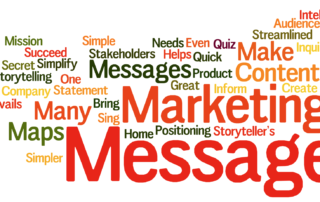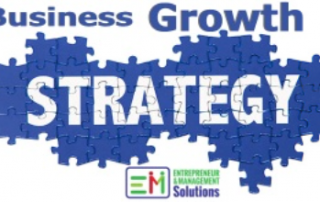10 mistakes of referral marketing
“Referral is the highest form of flattery” This is the by-line of Majestic
interactive and has become the cornerstone of what we do. In fact, this is what
my seminars and the Majestic Network are achieving every day in ways that
will bring tears to your eyes. Unfortunately, what nearly all businesses don’t
understand is that referral marketing must be a formal process. In other
words… you need to measure it.
So, here are the top 10 mistakes that South African businesses make in their
viral/referral marketing initiatives:
They don’t understand the concept. Referral marketing is about leveraging
trust from one person to another. It is inherently the purest form of business
honestly one can have. Referral marketing is NOT just some scam to bring in
business for free.
They think that referral marketing just happens. Less than 10% of
referral business “just happens”. People DON’ T want to talk about you or your
product at parties and they DON’T want to run around telling all their mates
how great you are.
They don’t formally measure it. If you don’t have a formal process to track
referral leads, then don’t bother.
They don’t report on it. You need to show the person who referred you what
the result was (especially if there is commission owing). You also need to know
at a glance who referred who and where each person is in the sale process.
They don’t ask for referrals. It’s unbelievable, but nearly all businesses are
too scared to ask the simple question: “could you please give me a referral?”
The timing of their request for referrals is bad. If you ask for a referral
before the relationship is strong enough, then you don’t have much chance of
success. However, ask at the right time and you may just get more business
than you can handle!
They run campaigns that rely solely on referrals. Referral initiatives are
there to SUPPLEMENT other marketing initiatives, not REPLACE them. They
should be part of the campaign, not the campaign itself.
They don’t make a referral process part of their day to day business.
Referrals should be part of your life, not an occasional flurry when your
business is having a bad month.
They let the referee down. Someone puts their name on the line for you and
you don’t have the courtesy to follow it up? Or worse, you provide shocking
service to the lead?!? This makes me want to get violent.
They don’t offer commission (or are unwilling to pay for leads). For
crying out loud, this is BUSINESS. Business is about money. Referral
commissions are the most critical element of the whole show. They’re not
always necessary, but you’ll lose out if you don’t offer it. Don’t believe me?
Amazon.com is built on referrals – that’s what makes them number one in the
world.
All this leads into the concept of lead generation and ROI (Return on
Investment) marketing and one of the key lessons in my book: do not spend
money on marketing, unless you are guaranteed a return on investment.





